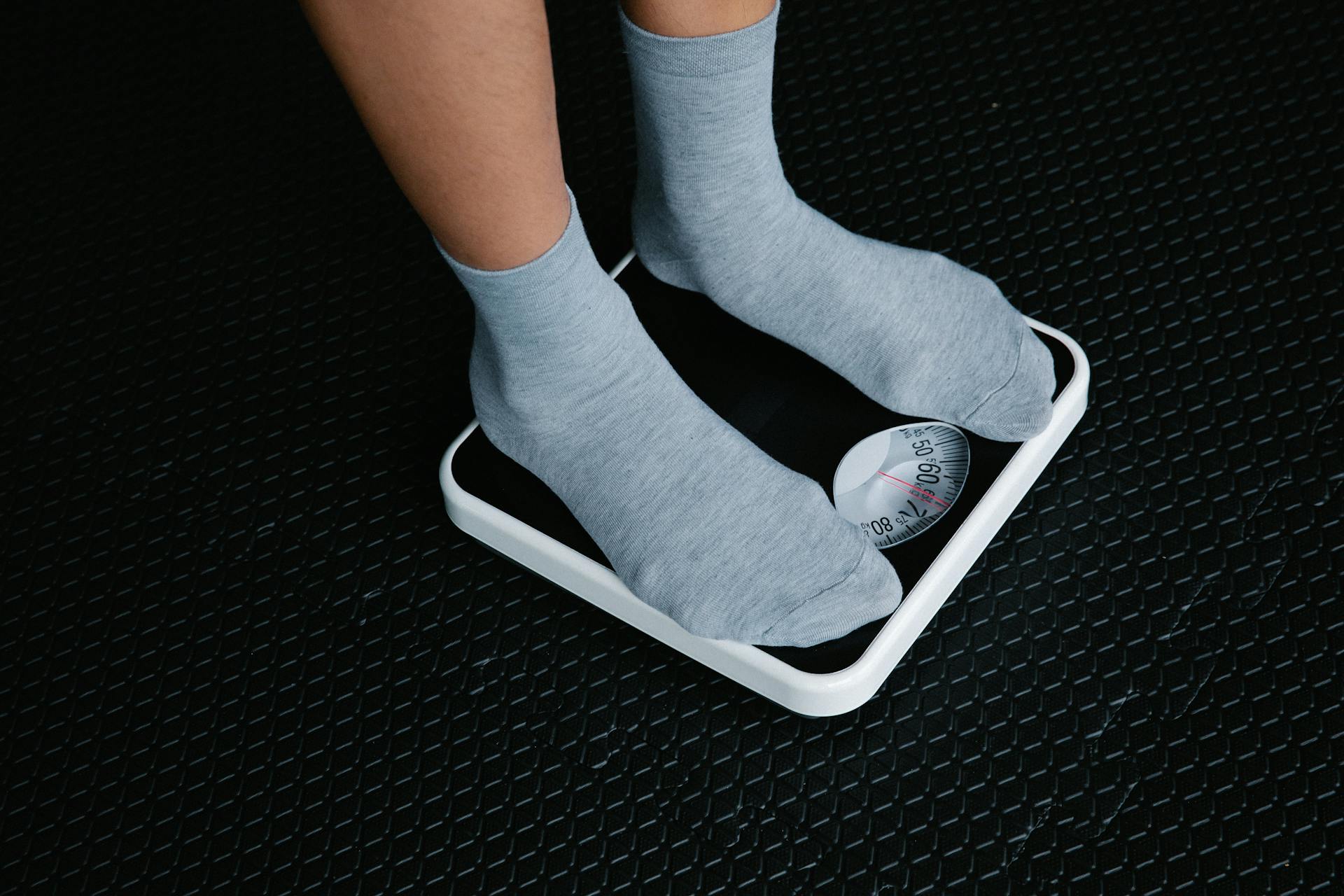
Introduction
On the weight loss journey, some people laugh while others worry – what’s the reason behind this difference? If the exercise component of your weight loss plan isn’t yielding desired results, you might be choosing the wrong type of exercise. So which type is right for you? Keep reading to find out.
For adults, at least 30 minutes of daily exercise, such as running or swimming, is essential. These regular exercises not only promote fat burning but also increase your strength and cardiopulmonary function, boost immunity, improve health, delay aging, and relieve both physical and mental stress.
Understanding Different Types of Exercise
There are many types of exercise – how many do you know? Based on energy utilization, we can divide exercises into two main categories: aerobic and anaerobic.
Aerobic Exercise
Aerobic exercises primarily rely on oxygen for energy production. Examples include:
- Running
- Swimming
- Cycling
- Jump rope
- Rowing
- Hiking
These exercises aim to improve your cardiopulmonary function and endurance. They are moderate in intensity, longer in duration, and mainly rely on oxidative mechanisms for energy.
Anaerobic Exercise
Anaerobic exercises are performed in an “oxygen-deficit” state, with strength training (like weight training) being a prime example. During anaerobic exercise, the body mainly relies on phosphocreatine and glycolysis for energy. These exercises are:
- Higher in intensity
- Shorter in duration
- Don’t require large amounts of oxygen
Common anaerobic exercises include push-ups, squats, pull-ups, and deadlifts. The main goals are to increase strength, coordination, speed, and explosive power.
Mixed Exercise
Today’s fitness enthusiasts are no longer limited to purely aerobic or anaerobic exercise. Mixed exercise (combining both aerobic and anaerobic elements) has become increasingly popular in the fitness world, with CrossFit being a typical example that has sparked a global trend in recent years.
How to Find the Right Exercise for You
1. Age Calculation Method
Subtract your age from 220 to get your predicted heart rate. Your suitable exercise intensity should be 60% to 70% of this rate.
2. Observe Heart Rate and Breathing
Moderate-intensity exercise should:
- Slightly increase your breathing and heart rate
- Not cause heavy breathing
- Cause mild sweating
- Create slight fatigue, but you shouldn’t feel tired the next morning
3. Hunger Assessment
- If you don’t feel hungry after an hour of exercise and don’t overeat at meals, your exercise volume is appropriate
- If you feel hungrier after exercise and eat more than usual, your exercise volume might be too high and should be reduced
4. Resistance Training Intensity Assessment
Judge by the number of repetitions you can perform:
- If you feel tired after 10 repetitions, the intensity is just right
- If you can easily do 20 repetitions without fatigue, the intensity is too light
- If you can’t complete more than 5 repetitions, the intensity is too high
- Aim for moderate intensity where you can perform 8-12 repetitions comfortably

